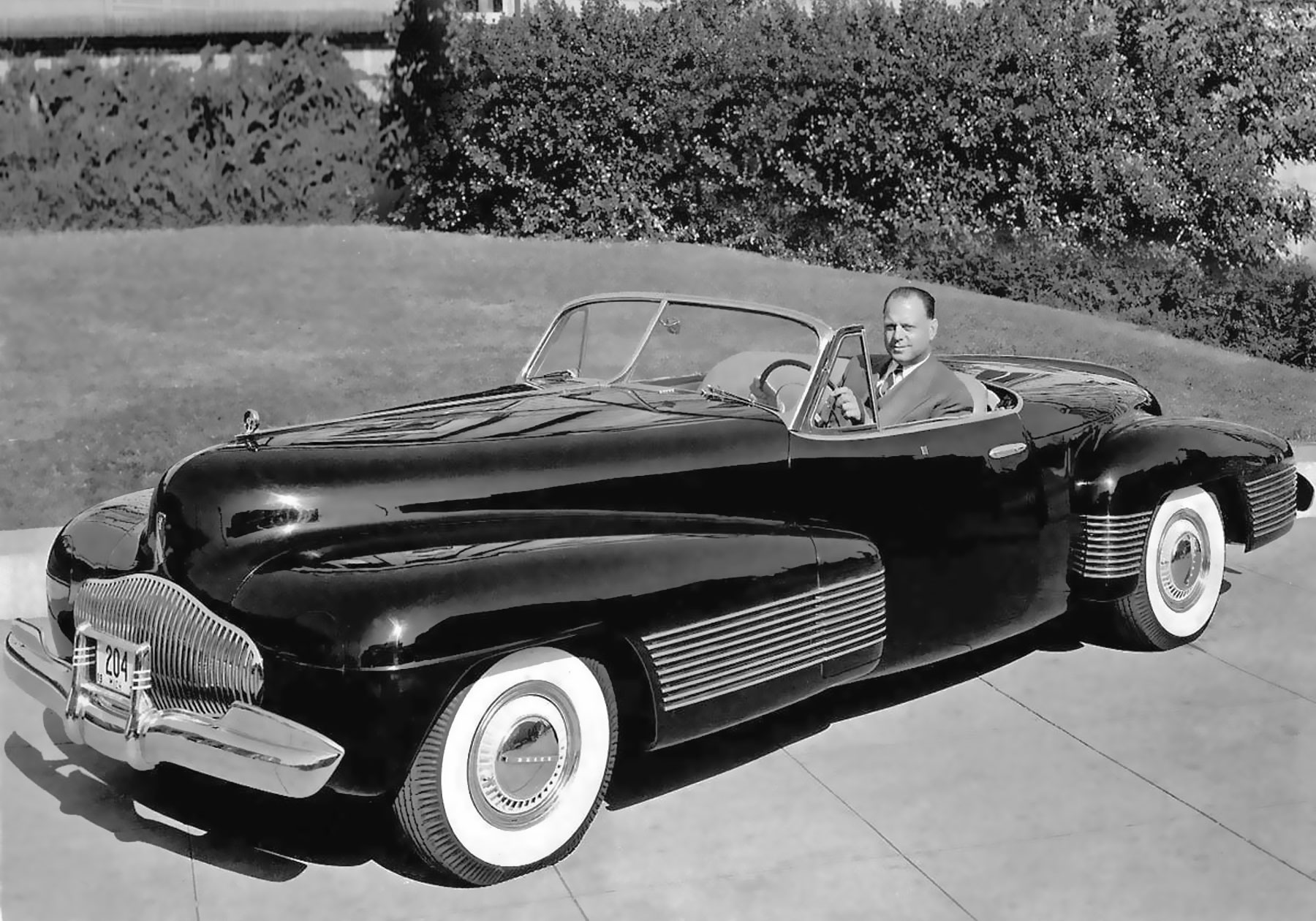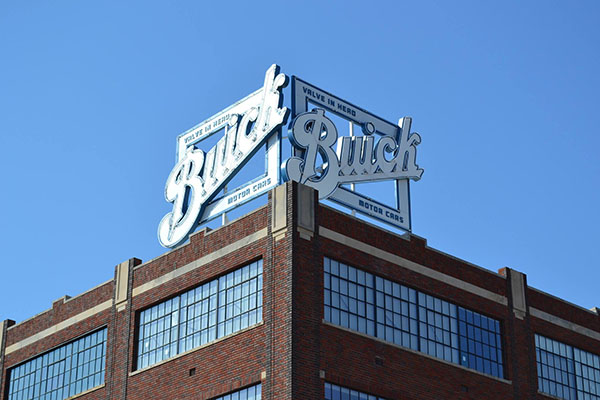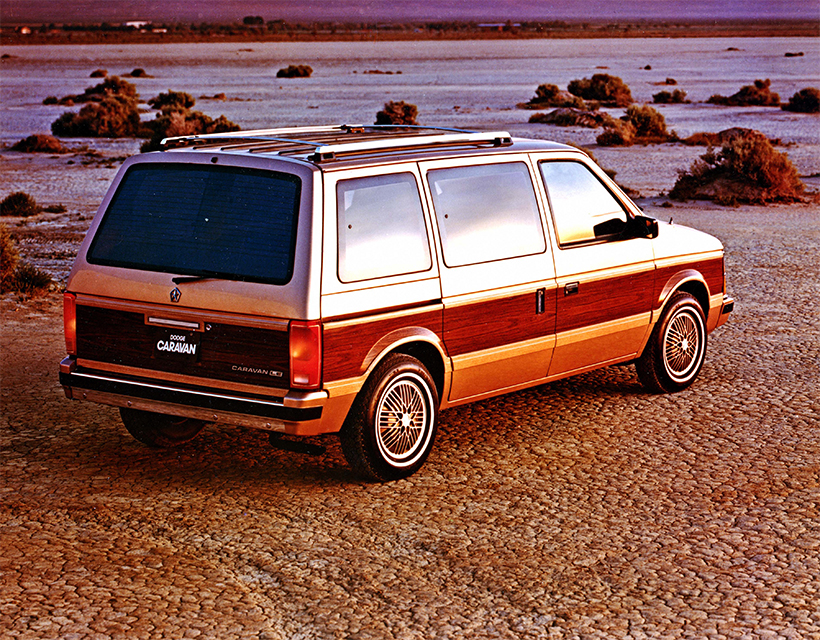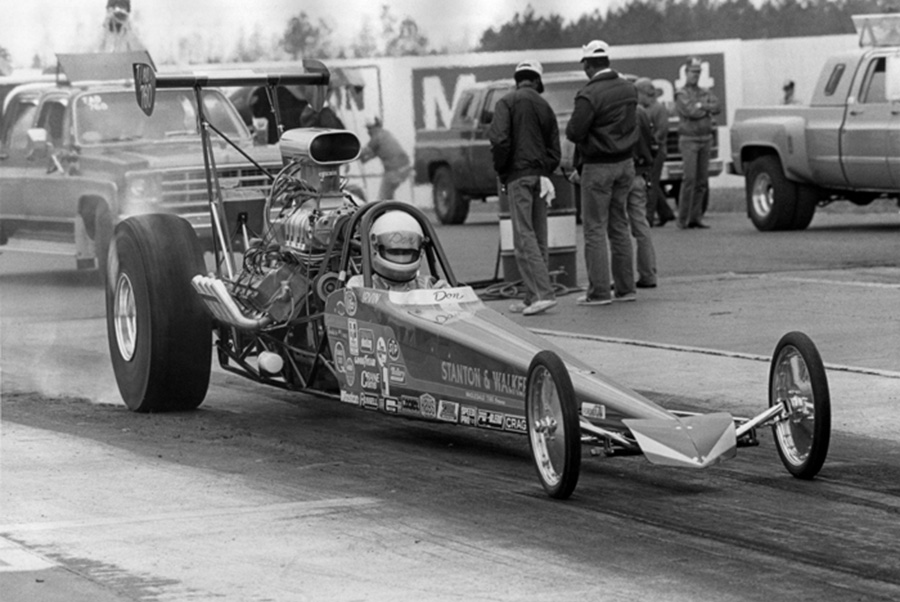We often boast about how many horses are under the hood. But do you really know why we call it horsepower?
Horses have long been celebrated as reliable, necessary tools in many industries, from manufacturing to travel. These four-legged workers are consistent, strong and inspiring. When industrialization started to take hold, it's no surprise that horses served as the inspiration behind improving our mechanical systems.

Equines and engines: A quick history lesson
Before gasoline-powered engines, there was steam. And before steam, you had horse-drawn transportation, including carriages and wagons. Although the powerful animals worked wonders for centuries, transporting indigenous peoples, curious explorers and traveling settlers, horses require frequent, manual maintenance to stay in tip-top shape.
In 1763, Scottish inventor James Watt created a steam engine designed around the needs of farmers and miners. He claimed his engine could do the work of multiple horses and decided to prove it by creating a metric that measured the approximate power a horse could provide.
After researching a variety of horse breeds, he discovered that a brewery mill horse harnessed to a shaft system could traverse a 24-foot diameter circle (while pushing with 180 pounds of force) 144 times per hour. Watt's math concluded that a horse could carry just under 33,000 foot-pounds per minute. His idea stuck, and in 1960, the Watt became an official unit of measurement.
Horsepower in the modern age
Manufacturers have played up the prestige of horsepower over the years by introducing models that exemplify the endurance and stability of horses. When you hear the names Mustang or Bronco, you immediately associate the vehicles with powerful firing pistons and reliable acceleration.
Today we use horsepower to rate the work an engine can perform. As the engine's crankshaft starts humming along, it produces torque, a rotating force that creates the capacity to do work. Overall, to increase power, the engine needs to generate more torque and get those wheels turning at a higher rpm.
In the United States, we use standard units (pounds of force per foot), and in Europe, you'll find the metric system (kilograms of force per meter), so the calculations vary a bit among manufacturers depending on their origin.
A dynamometer measures the horsepower of an engine. The readings will vary depending on the engine configuration (open exhaust or restricted exhaust, just to name two options). When you learn that an engine has been "SAE certified," you know it's been measured by a third party to verify that the auto manufacturer is selling what it claims.
Next time you visit a farm, give thanks to those sturdy creatures. Their years of powering farm implements, grinding wheels at mills and providing the first modes of transportation gave rise to a unit of measurement that car enthusiasts from around the globe all love to talk to about and want more of. When you ask what's under the hood at an upcoming car show, you're sure to appreciate the power of the first hard-working engines: horses.








